Optimal Timing for Waterproofing Projects
Waterproofing is a critical component in protecting structures from water intrusion and damage. The optimal timing for waterproofing depends on various factors including weather conditions, material curing times, and construction schedules. Properly timed waterproofing ensures maximum effectiveness and longevity of the protective layer.
Spring offers moderate temperatures and lower humidity, ideal for waterproofing applications before heavy rain seasons.
Summer provides warm, dry conditions that facilitate curing and adhesion of waterproofing materials.
Fall is suitable for waterproofing before winter, reducing the risk of water infiltration during cold months.
Winter waterproofing is possible with specialized materials, but requires careful planning due to cold temperatures and potential for freezing.
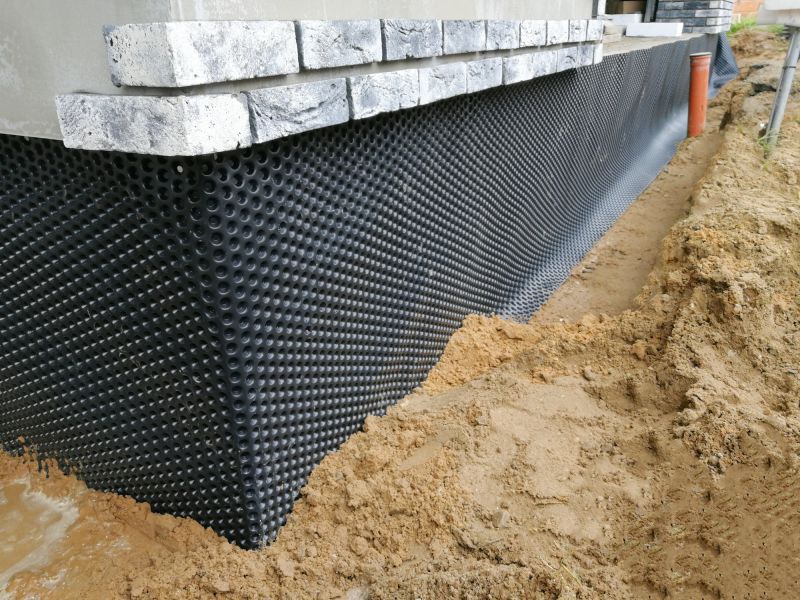
Spring conditions are ideal for waterproofing projects due to moderate weather.
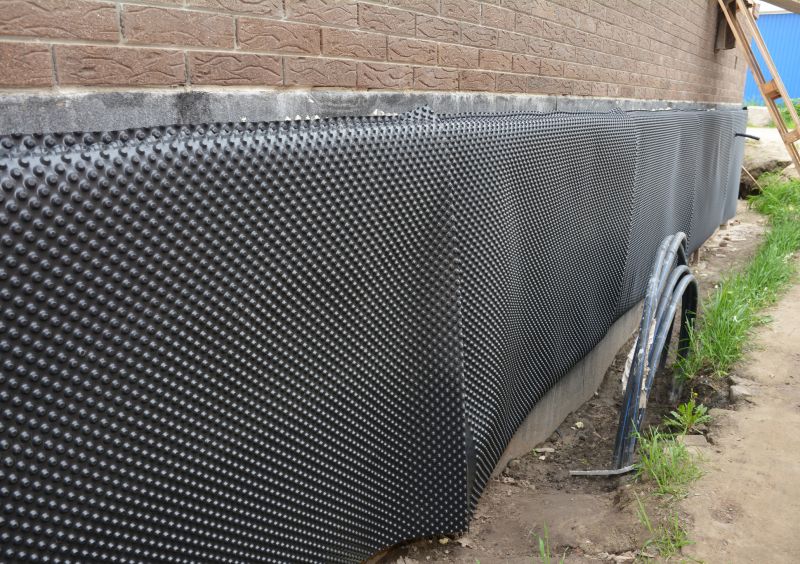
Warm summer weather helps ensure proper curing of waterproofing membranes.

Applying waterproofing in fall helps protect structures during winter months.
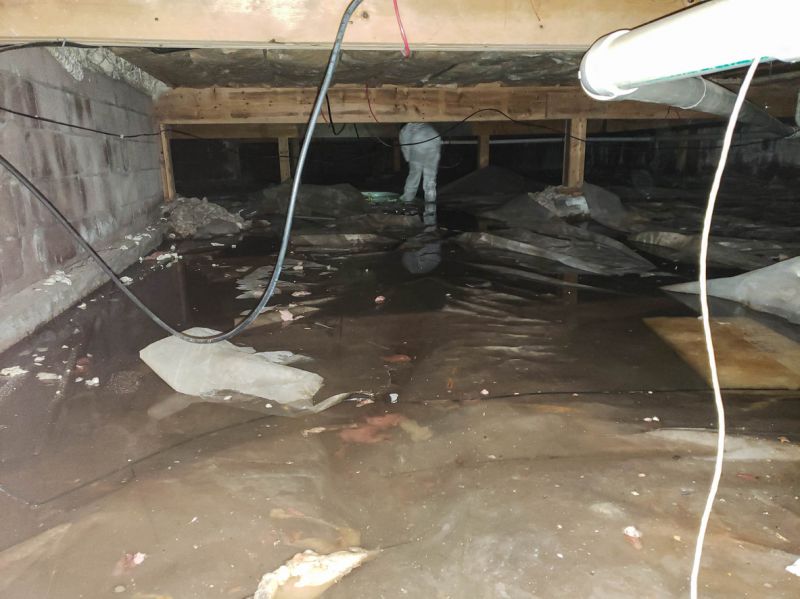
Ways to make Waterproofings work in tight or awkward layouts.
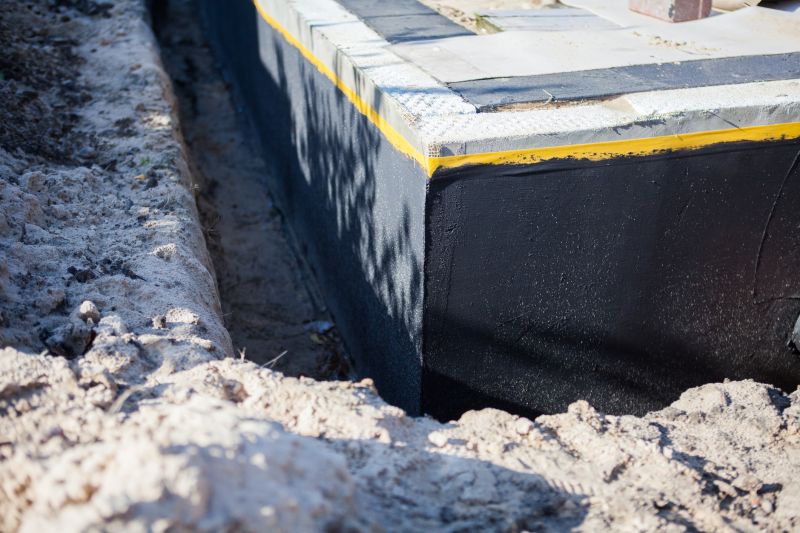
Popular materials for Waterproofings and why they hold up over time.

Simple add-ons that improve Waterproofings without blowing the budget.
| Season | Best Conditions |
|---|---|
| Spring | Moderate temperatures and lower humidity |
| Summer | Warm, dry weather for curing |
| Fall | Dry conditions before winter |
| Winter | Cold weather with specialized materials |
Waterproofings are essential for preventing water ingress that can lead to structural damage, mold growth, and interior deterioration. Proper waterproofing extends the lifespan of buildings and reduces maintenance costs. Advances in waterproofing materials have improved their durability and effectiveness across different climates and conditions.
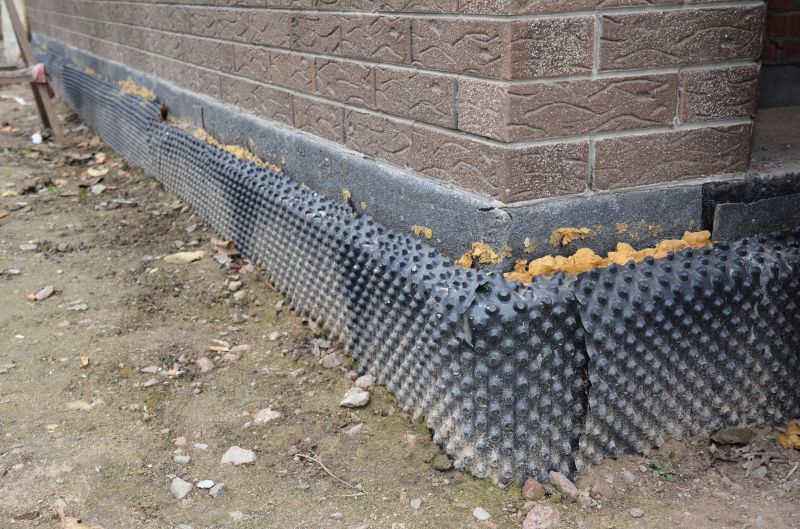
High-performance membranes provide reliable water barriers for various surfaces.
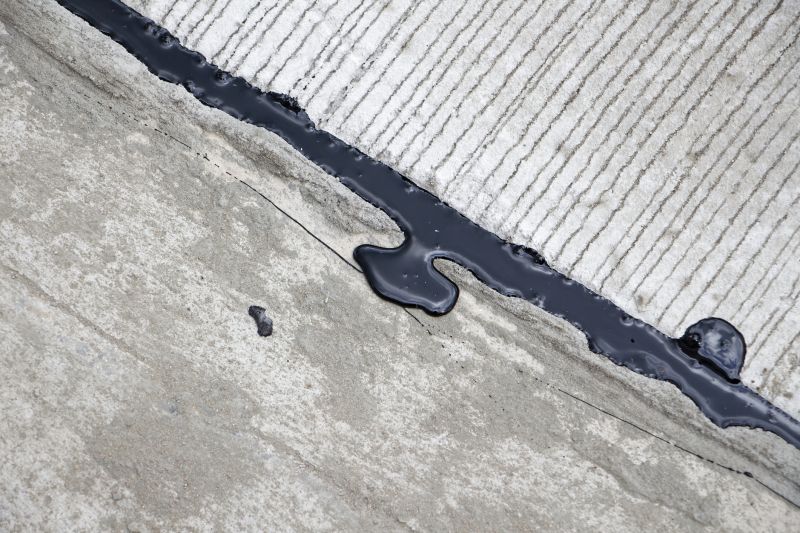
Sealants are used to fill gaps and joints, preventing water penetration.
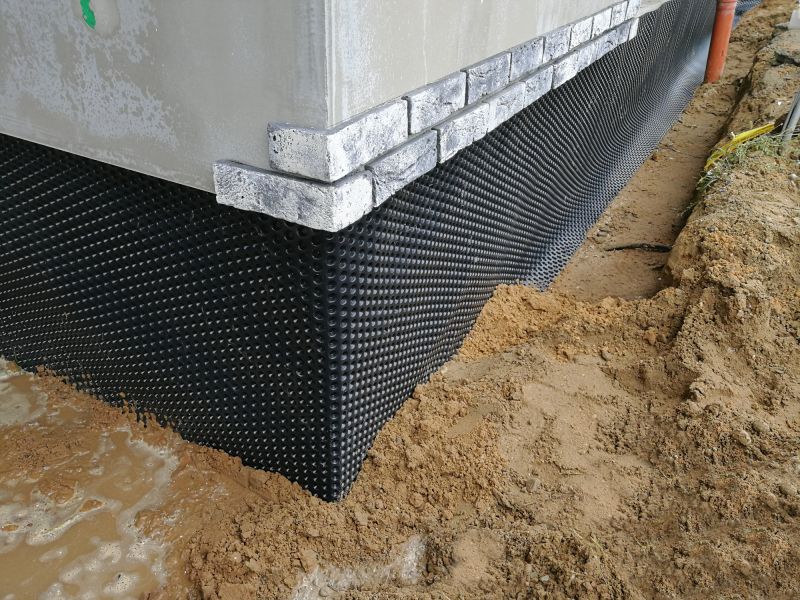
Foundation waterproofing protects below-grade structures from water damage.
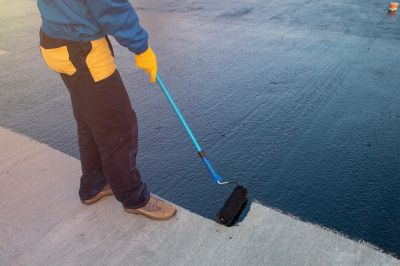
Roof waterproofing safeguards buildings from rain and snow infiltration.
Choosing the right time for waterproofing depends on local climate conditions, project requirements, and material specifications. Proper planning and execution ensure waterproofing systems perform effectively throughout their intended lifespan.

Various materials are available, each suited for specific applications and conditions.
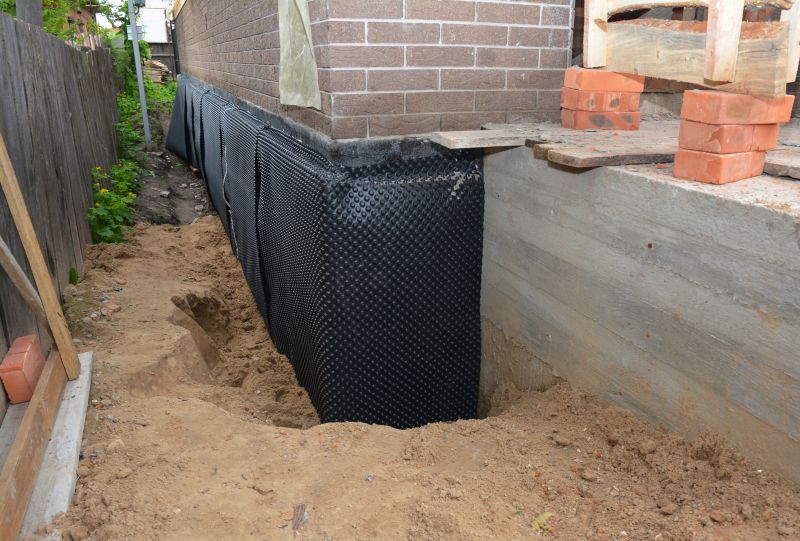
Surface preparation is vital for optimal adhesion and performance.

Proper application techniques ensure waterproofing effectiveness and durability.
Interested parties are encouraged to contact for more information on waterproofing options and scheduling. Proper timing and application techniques can significantly enhance the protection and longevity of structures.

